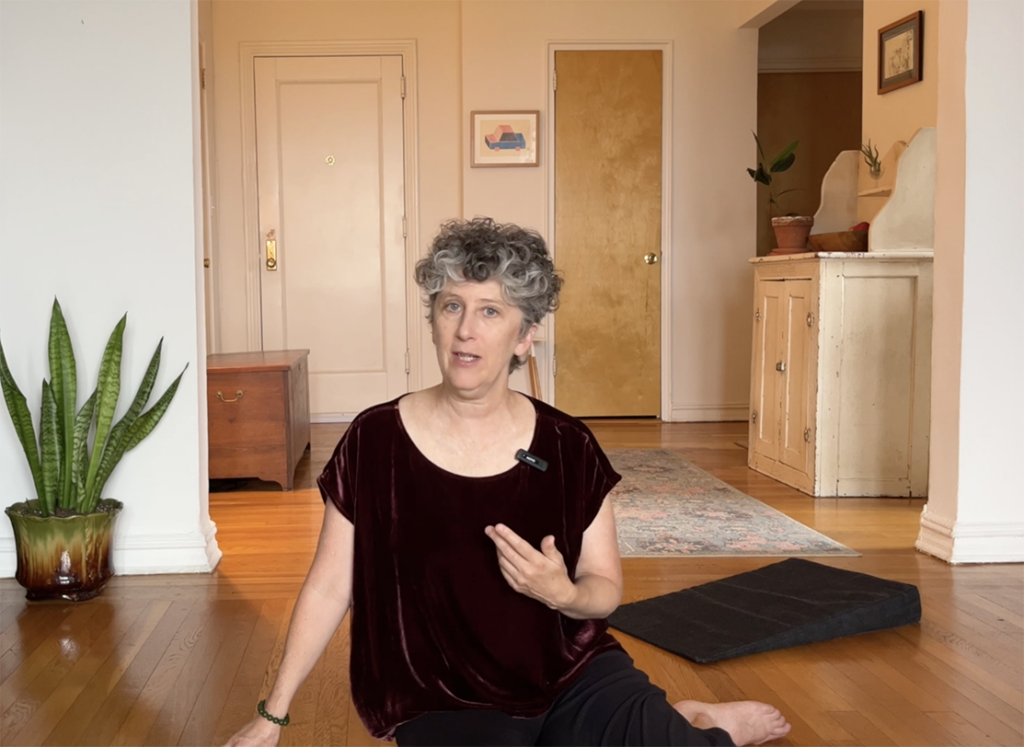
What embodiment has to offer positive psychology
Can you believe I’ve been made fun of for my peculiar ability to enjoy myself? Apparently, a default sense of wonder and awe towards moving bodies makes me a bit of an eccentric. I’m ok with that, and now research is catching up with me.
Nothing makes me happier than witnessing the first time a client starts to geek out on the astonishing pleasure of fluid, easy movement. The wonder of today’s particularly cool or hot air passing over your skin, or the tiniest release of tension in your jaw rippling all the way down to your toes.
Researchers interested in happiness confirm something that I learned instinctively as a young dancer: savoring life is a skill that must be cultivated.
Sorrow and trouble will seek you out, and your body is very well adapted to that reality. Joy, on the other hand, won’t seek you out. You have to be looking for it.
Fred Bryant, a psychologist who recently appeared on The Hidden Brain podcast, has spent most of his career researching this phenomenon. What he doesn’t know is that dancers and embodiment practitioners have been cultivating this skill at every level for centuries! I’m just trying to connect the dots here.
This week’s video, the 4th in a series about accessing joy in movement, shows you precisely how to cultivate your physical joy-meter.
This practice, called “constructive rest” in the Alexander Technique community, offers an incredible opportunity to face our habits of looking for trouble (and trying to fix it!).
Once we lay that habit aside, a whole new world of joy and discovery awaits. The fact that it’s fleeting is good, according to the research! You don’t want to be overly self-reflective.
There you are, having just had a pleasant physical response in a yoga class or something. Then your brain kicks in.
Did I do it right?
Was it really easy? Am I sure?
Could it be easier?
Instead, it’s more effective to cultivate a curiosity about joy, take the time to savor it, and let it go. That’s part of what I call “fluid attention.”
Scientists also advise you to sharpen your sensory perceptions.
You can build your savoring skills by getting in touch with your senses, but that means taking the time to use them more consciously. With all the distractions we face today, this is particularly difficult, Bryant says. In one study, college students who focused on the chocolate they were eating reported feeling more pleasure than students who were distracted while eating.
Positive psychology researchers do suggest slowing down during meals:
“Take the time to shut out your other senses and hone in on one,” they say. “Take the time to sniff the food, smell the food. Or close your eyes while you’re taking a sip of a really nice wine.”
In my experience, most of us need a more rigorous practice to integrate this wisdom into our daily lives.
We have 206 bones in our body and 5 complex sense organs, one of which, your nose, has 500 different kinds of receptor cells. Each part of us, each sense, is a tremendous resource worthy of investigation.
There is an infinite variety of experience to savor!
Embodied Learning Systems is here to show you precisely how. In addition to this week’s video, you can also check out these two playlists to give you a taste of what is possible:
- Fundamental awareness skills for joy: Alexander Technique constructive rest
- Cranial Nerve Sequencing: A journey through the sense organs
Slow down and enjoy these last days of summer.
